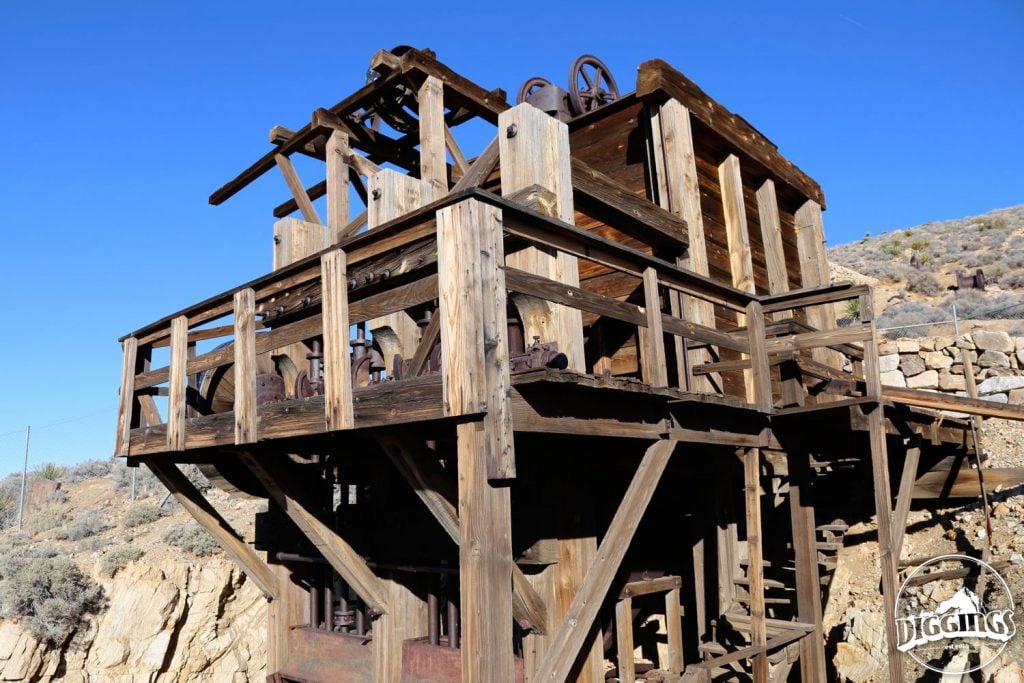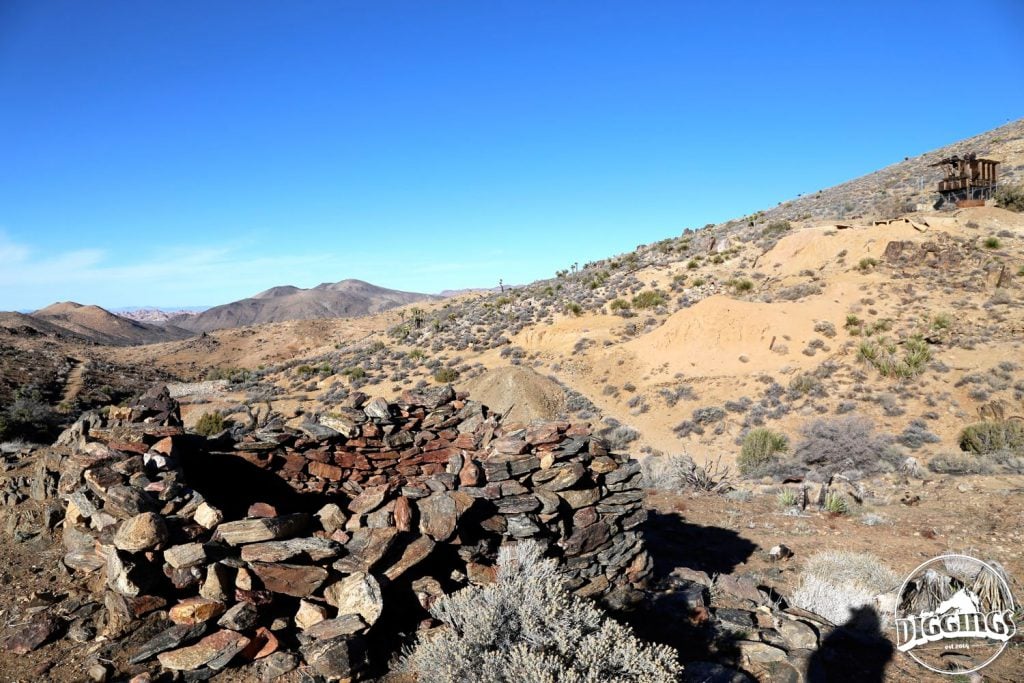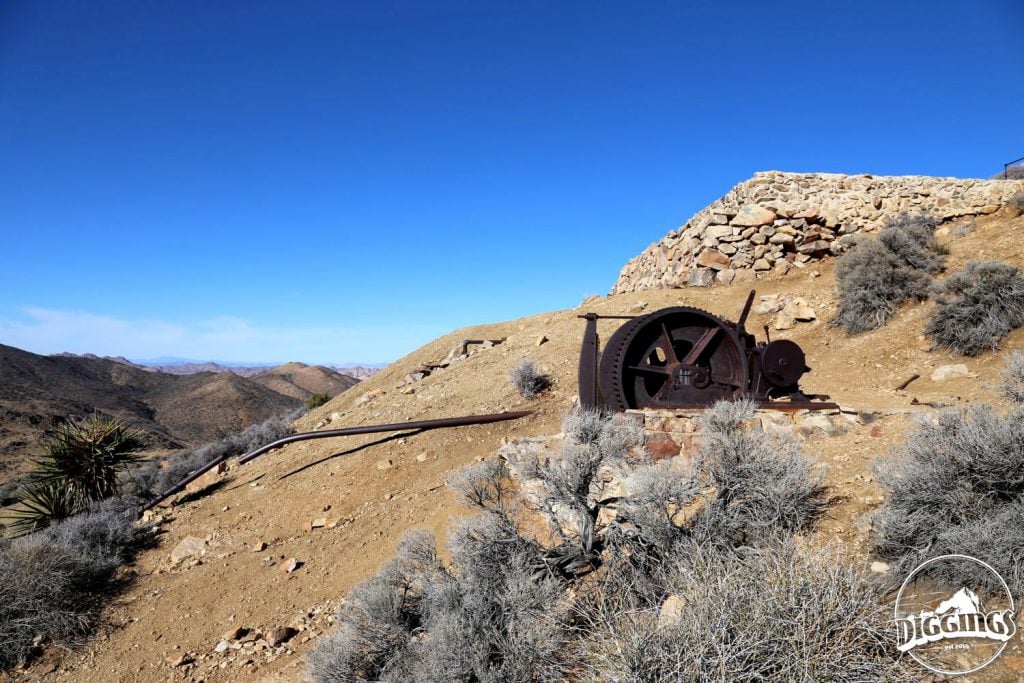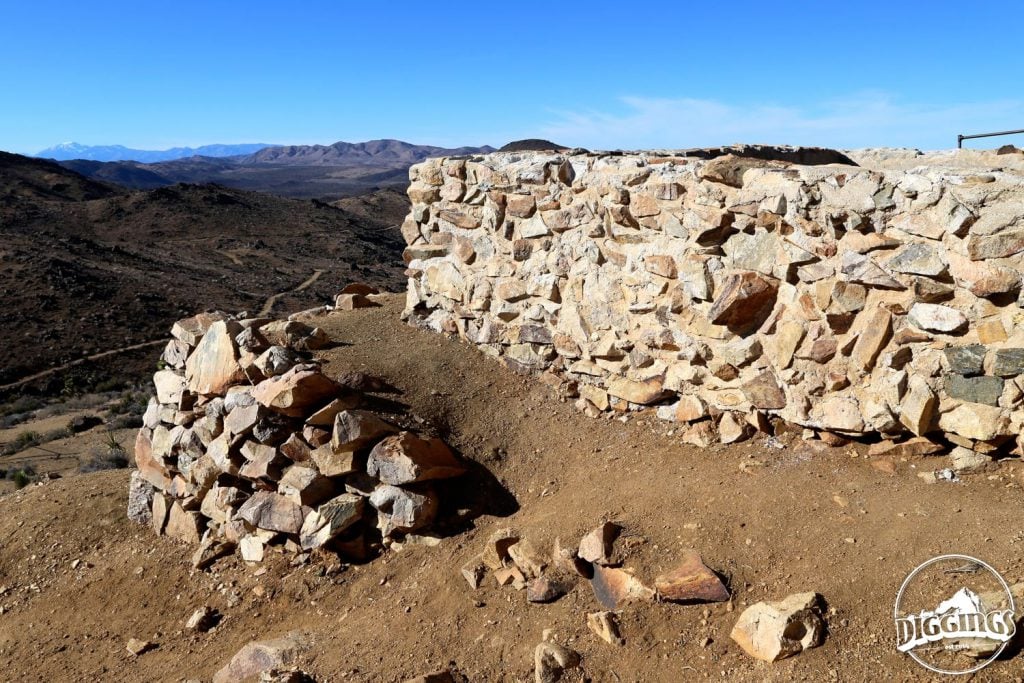As gold deposits petered out in the Sierra foothills, prospectors who flooded California in 1849 fanned out, many coming south. Despite the harsh environment of modern day Joshua Tree Park, 300 mines were established within the park’s bounds. While most mines in Joshua Tree were poor producers, Lost Horse Mine was an exception: 10,000 ounces of gold and 16,000 ounces of silver were produced from the mine 1894 and 1931.

It was a wild land when the Lost Horse Mine was first established. Horse rustlers, raiding tribes, and other threats made mining in such remote regions a very dangerous prospect. All the same, Johnny Lang bought the claim for the Lost Horse Mine from a holder who was to scared to develop the property. Lang brought in three partners and started with a two stamp mill. When J.D. Ryan bought out Lang’s partners in 1895, he installed a ten stamp mill (which visitors can still see today) and a ran pipeline 3.5 miles to source water for its steam engine. For ten years, the gold kept coming.

In 1905, the production hit a fault line and lost the vein of gold. While the mine continued to be leased to other prospectors attempting to discover the continuation of the vein, the only other gold Lost Horse Mine was found when rising gold prices in 1931 prompted 600 tons of tailings to be processed, resulting in a few hundred ounces of gold.

While the mine itself has been capped off, adventurers can still take a moderate 4 mile hike to the site where the stamp mill still stands among other scattered mining equipment. Hikers that choose to complete the trail loop, will also swing by the ruins of an unsuccessful mine on the other side of the mountain. It remains as a reminder of how close one can be to riches without ever quite making it.

